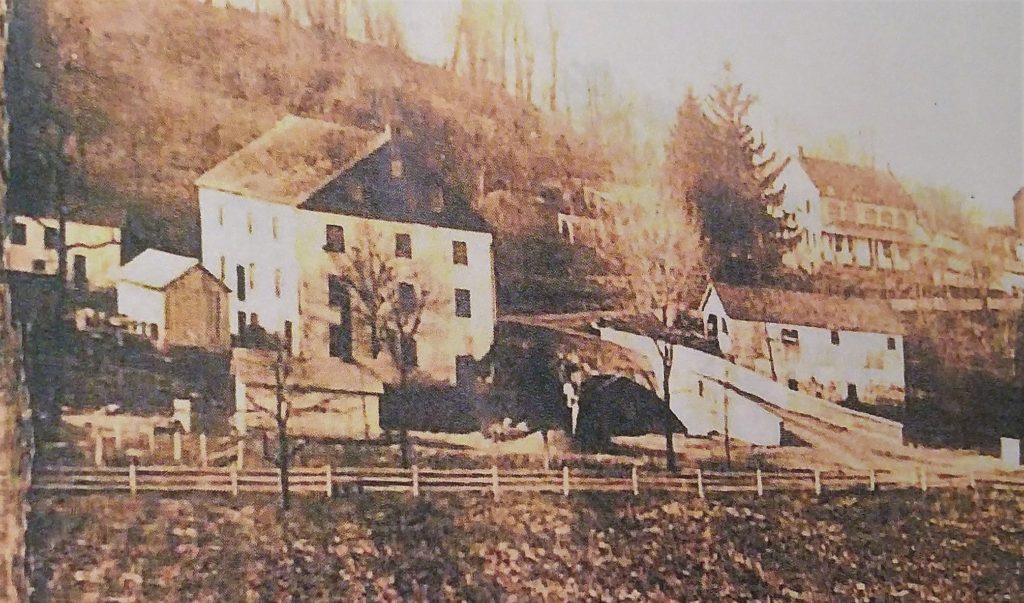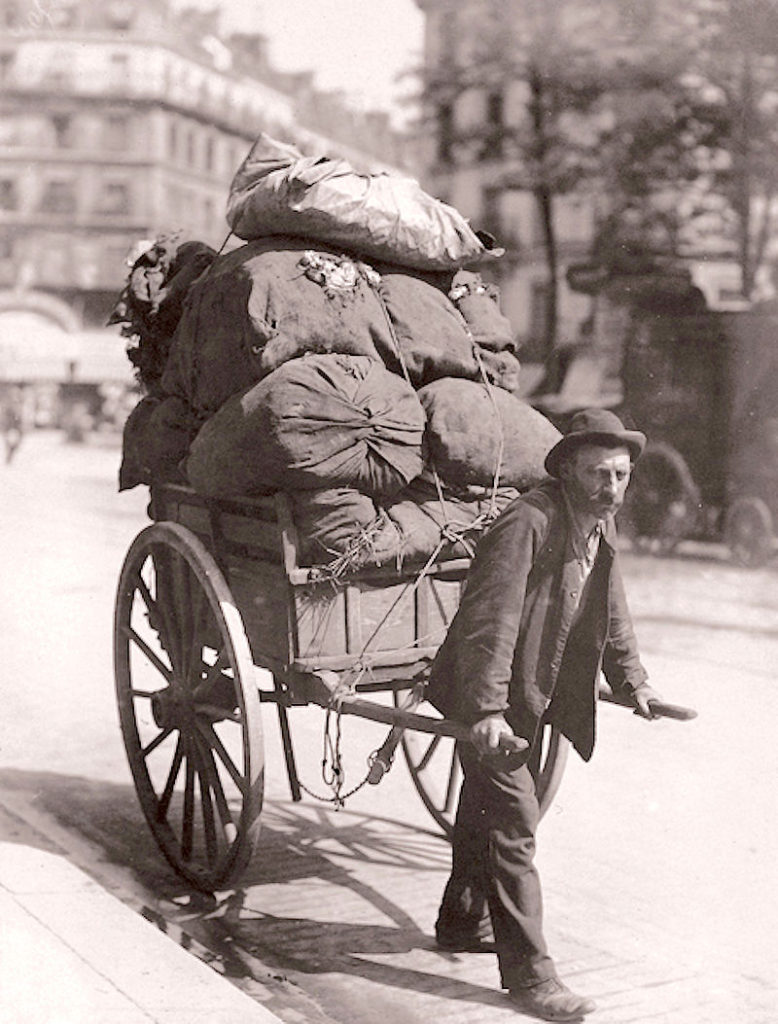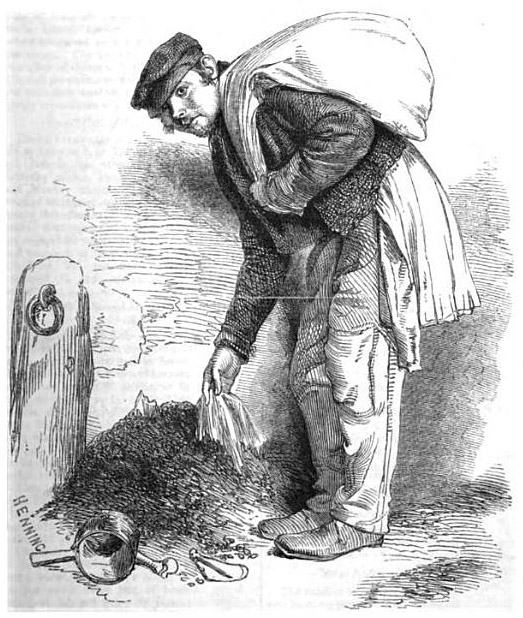Wandering characters provided services and unforgettable memories.
Dictionary lesson of the day: What is a tinker?
According to my Webster’s, a tinker is “a person who can make all kinds of minor repairs; jack-of-all-trades.” Some call them “handymen”. I know several who are quite talented – from Hilltown in the upper end of Bucks County to Falls in the lower end. One taught me how to solder plumbing. Another how to properly do roofing.
The term “tinker” traces back to Irish and Scottish Highland Travelers, homeless drifters in 13th century Britain. They made a living as metalworkers, offering to fix pots and pans using molten solder to patch holes. That tradition expanded to this country to define traveling fix-it men. In the 1930s, tinkers came round frequently in the mill district of Milford in the northwest corner of Bucks. They roamed all the woodland byways, more or less on a regular basis. They were unforgettable and important to rural folks for what they could fix or said they could fix. You’d have to know the right tinker of course. Some could be bunglers. Buyer beware.

In Milford, the tinker’s bell was your introduction to the itinerant fix-it man in the early 20th century. “Our tinker came around carrying a grindstone on his back,” according to Larry Lederer. “The sound of his bell, a familiar sound, would catch our ear as he approached the house. He’d sharpen scissors and knives, or fix umbrellas or anything you’d give him, and all for a few cents. And then he’d wander away and the bell sound would become more faint as he moved from house to house.”
A woman known as “the Bucket Lady” was another familiar sight on Milford streets. She was about 40 or 50 years old and unmistakable for her clothing – long brown skirt, brown blouse, a long apron made of gingham and men’s shoes. Most identifiable was her large sun bonnet made of tiny checked gingham in dark blue.
“Whatever Alice Reinert owned she carried with her in a bucket and a burlap sack slung across her shoulder,” according to Lederer. “When she stopped at your house or that of a neighbor, she would ask for bread and water, and of course, she would not refuse an offer of more food though she wasn’t likely to work for the food.
“When she sat at the table and removed her bonnet, her copper-colored red hair, worn in a knot on her head was neatly brushed and combed. She always said her prayers before she ate and she would sit and rest awhile as she talked about the weather and the work farmers were doing at the time. She certainly was polite but her topics of discussion were not chosen to reveal much about her private life, such as it was.”
The Bucket Lady was known to sleep in area barns. Her journey ranged from Allentown through Limeport. She usually appeared in the summer in Milford. The rumor that followed her was her wandering ways were the result of a failed romance. One summer, she failed to appear. Folks reported she was hit be a car on Limeport Pike and was buried in Trumbauersville.
The “Rag Man” was another fixture of Milford in the 1930s and ’40s. No town in that era was complete without one. These were homeless individuals who typically collected rag clothing and bones, gathered and tucked into a burlap bag or loaded aboard a horse-drawn cart for sale to manufacturers elsewhere. Rag men were known as bone-grubbers, bone pickers and rag-gatherers in 19th century England, they typically carried bags over their shoulders that turned greasy from the bones. They also carried spikes or hooks to seek anything of value by turning over heaps of ash, dirt and garbage thrown from houses.

Milford’s rag man was equipped with a cart. Recalled Lederer, “In the early days you could hear the wagon wheels creaking and noise of the leather harness and the chains in tune with the squeaking of the traces as the horse-drawn wagon methodically moved up and down streets.
“The Rag Man, not to be outdone by his transportation, had his own music. He accompanied his song, as he came down the dirt road, with a high-pitched whistle. And he sang ‘Rag Man – any rags or bones.’ He’d buy rags or bones by the pound and his concerts could be heard about once a month.”
Rag men everywhere lived in extreme poverty, vying for sustenance in a grim occupation. Who would have guessed that “Ragman” (aka Rory Regan) would become a fictional super hero as “defender of the weak” in comic books published by DC Comics in 1976? He later debuted on the TV series “Arrow”. Maybe Ragman creator Robert Kanigher and artist Joe Kubert derived their character from the environs of Milford.
***
Sources include “Wandering Through Milford Township” by Roger Baldwin, Ph.D. published by Milford Township in 1984; “A Brief History of Irish Travelers, Ireland’s Only Indigenous Minority” on the web at https://theculturetrip.com/europe/ireland/articles/a-brief-history-of-irish-travellers-irelands-only-indigenous-minority/, and “Ragman #1″ on the web at https://www.comics.org/issue/30181/.

